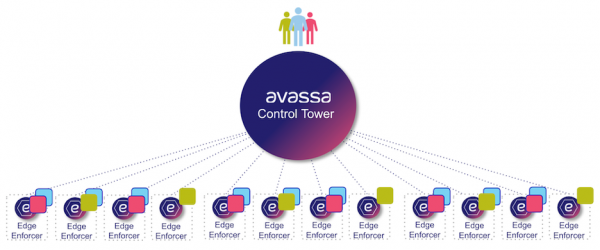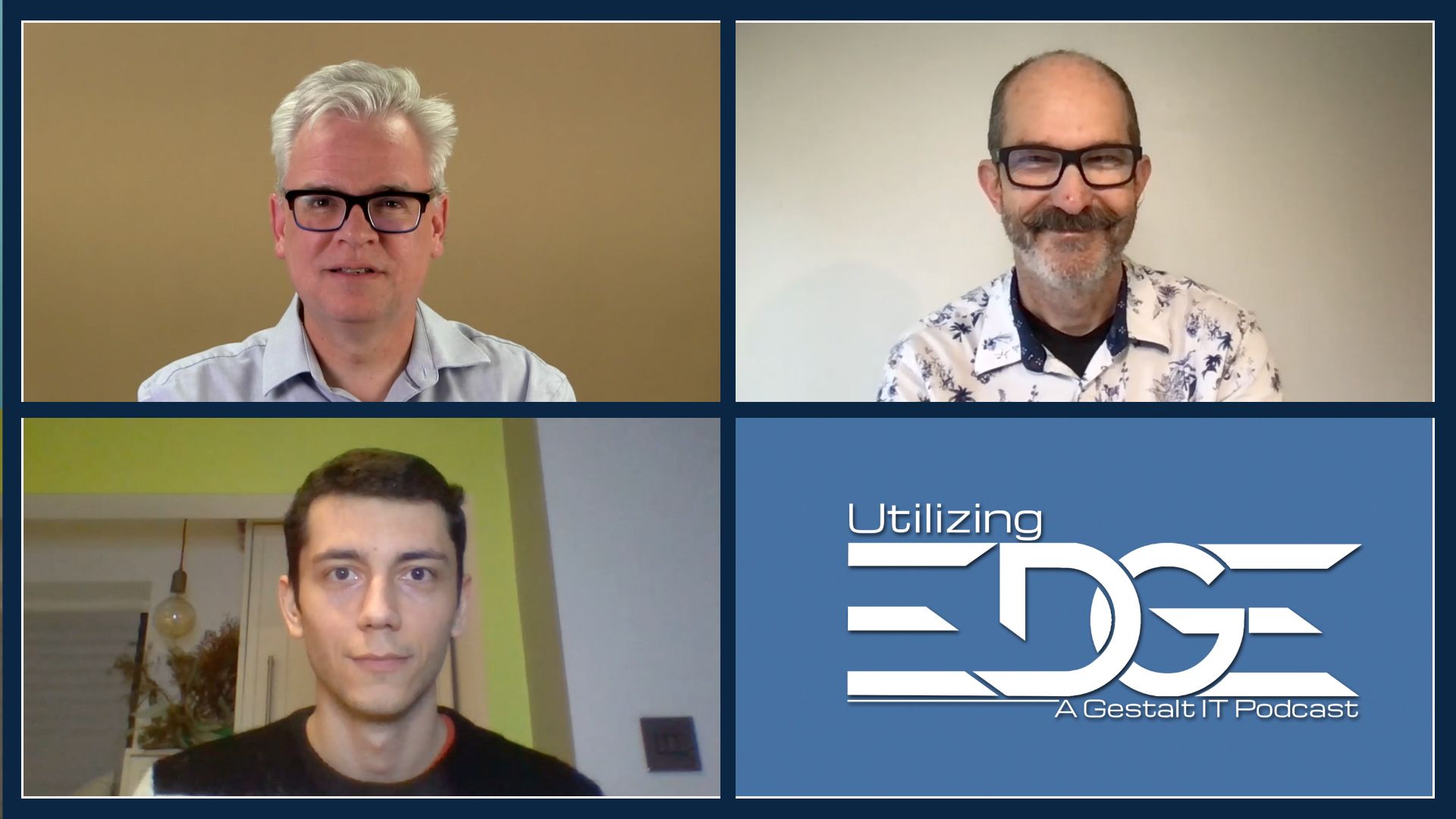Although the availability and maturity of public cloud platforms have gone a long way toward helping organizations host their large-scale and public-facing applications, not every workload benefits from a centralized model. Some applications function best when operated in a distributed manner, closer to where the application-relevant data is generated and where users reside.
However, the edge locations where these distributed applications live can have varying types of infrastructure, quantities of resources, availability and reliability of bandwidth, staffing constraints, and other issues that present challenges.
Working around these challenges within the context of a single location can be difficult enough, but when compounded across hundreds or thousands of edge locations, the magnitude of the issue can be seen.
Solution
In recognition of this situation, Avassa has developed an application management platform capable of helping organizations deploy and manage their containerized applications across a wide range of locations and types of infrastructure.
Accomplishing this goal requires the interoperation of the two primary components of the Avassa platform: the Control Tower and the Edge Enforcer.

The Edge Enforcer is the software component that functions as a “boots on the ground” element of the solution. This component is deployed across all hosts and all sites within the environment and provides critical functions, such as aggregating site resources and making them available for consumption. Edge Enforcer is also designed to be able to sustain site operations autonomously in the event the centralized control plane becomes unavailable.
Control Tower provides centralized management of these distributed edge resources, as well as the containerized applications that run there. It’s through this mechanism that users can roll out a specific configuration across the entirety, or a subset, of the site inventory.
When these components are brought together, Avassa provides the application lifecycle management functions that are needed for distributed edge deployments to be most successful. Teams can declare configurations as code and have these configurations be gracefully rolled out to managed sites, magnifying the effectiveness of the individual developer or administrator.
Deployment and management are only part of the story, though. The ability to maintain visibility into the health and status of managed applications is also key. In this regard, Avassa has been built to scale, and visibility is efficiently delivered without placing a burden on limited resources.
Avassa also includes several other value-added functions needed to support containerized applications. Certificates and secrets are a key part of these deployments, and the included Secrets Manager provides centralized management of these elements. A docker-compliant image registry is also provided, ensuring required container images are stored locally to the edge location. Bringing things together, multi-tenancy is built-in to provide teams the autonomy to deploy and manage their applications independently from one another, while using a shared platform.
Conclusion
Running applications at the distributed edge requires a different approach and set of considerations than hosting applications centrally within the public cloud. Variations in hardware, software, bandwidth, and ease of physical access can all add up and make life difficult for those responsible for distributed applications and their operation. Fortunately, Avassa has done a significant amount of work to simplify the management of edge infrastructure, as well as deployment and monitoring of these distributed applications. Finally, the edge use cases that support so many aspects of business are getting the support and innovation they deserve.
Learn more about Avassa’s product line by visiting their website and checking out this Gestalt IT Showcase, brought to you by Avassa.




